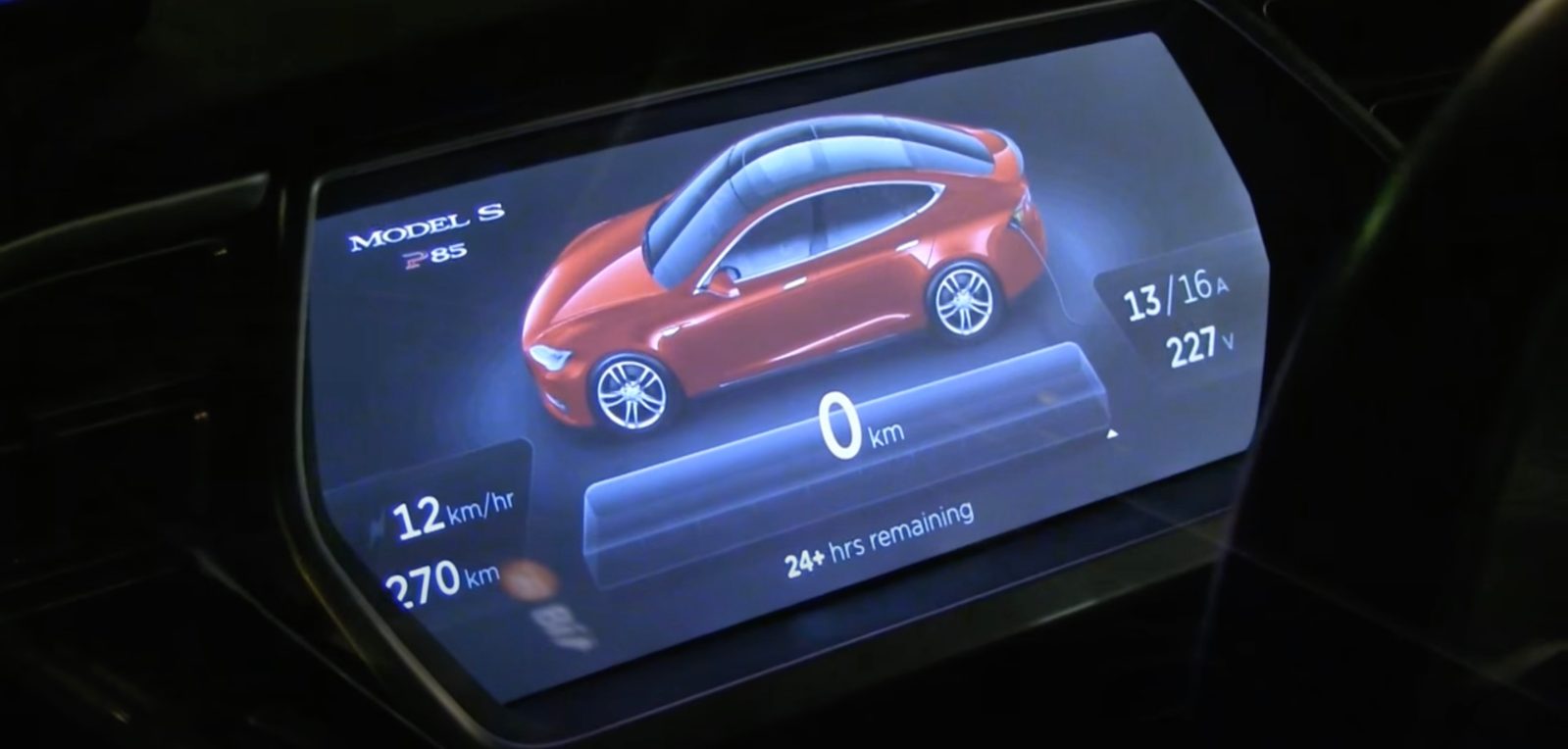
In response to an independent range test, Tesla has reportedly claimed that the EPA range on its vehicles can be achieved by draining the battery pack beyond the zero-mile displayed range.
Last month, we reported on Edmunds conducting independent range tests on a bunch of electric vehicles to compare them to their EPA estimates.
The results showed that Tesla is using the most optimistic versions of its EPA estimated range in its advertising compared to other automakers.
Now Edmunds is out with a follow-up report in which they claim that Tesla reached out to them following their test to state that they should have accounted for the “buffer” that comes after the displayed range reaches zero miles:
Needless to say, Tesla was not happy with our test results, and we received a phone call. Tesla’s engineers disputed our figures. They argued that we’d underestimated their cars’ true range because our test ran to an indicated zero miles rather than to a stop.
Tesla argued that even when the indicated range hits zero, there’s still a safety buffer. The engineers reckoned that if you add this buffer, the distance measured to when the battery is spent, their cars would match the EPA results.
It’s surprising that Tesla would claim that since it’s not how people use their electric vehicles.
Edmunds put Tesla’s claim to the test and tested three Tesla vehicles, as well as two vehicles from other manufacturers, to see how many miles they would get after the displayed range hits zero.
Here are the results:

That test was at 65 mph, but they also performed the test with a cycle closer to the EPA test cycle:

Edmunds says that Tesla engineers told them that “the buffer cannot be defined exactly to a number every time — it will change based on external conditions, driving profile, etc.”
When adding those buffer results, only two of Tesla’s vehicles actually hit their EPA estimated range.
They concluded:
Our answer to Tesla’s dismay with our initial results is that, yes, two of the automaker’s vehicles can match the EPA’s range estimates in the Edmunds EV range test. But that’s only under specific circumstances and by driving each vehicle past zero indicated miles of range.
However, they also admit that range tests can be affected by many outside factors.
Electrek’s Take
Like I stated in my original article on the Edmunds test, no range test is perfect, but I think the comparison in the report is what most people would experience and what I’ve experienced myself, having driven almost all the vehicles on the list.
I’m surprised by Tesla’s response to the test and I think it’s kind of weird.
This is a perfect example of why I think it’s a mistake for Tesla to have shut down its PR department because I’d like to understand better what they communicated to Edmunds.
In the old days, if Tesla disagreed with Edmunds’ methodology, they would have issued a clear official statement explaining the situation, and I doubt it would be as simple as not accounting for the battery buffer.
Here it sounds like some Tesla engineers called Edmunds, but we only know the story from Edmunds’ side.
Anyway, if anything, this shows that we need better ways to look at electric vehicle range and efficiency, because right now, it’s kind of all over the place.
FTC: We use income earning auto affiliate links. More.





Comments